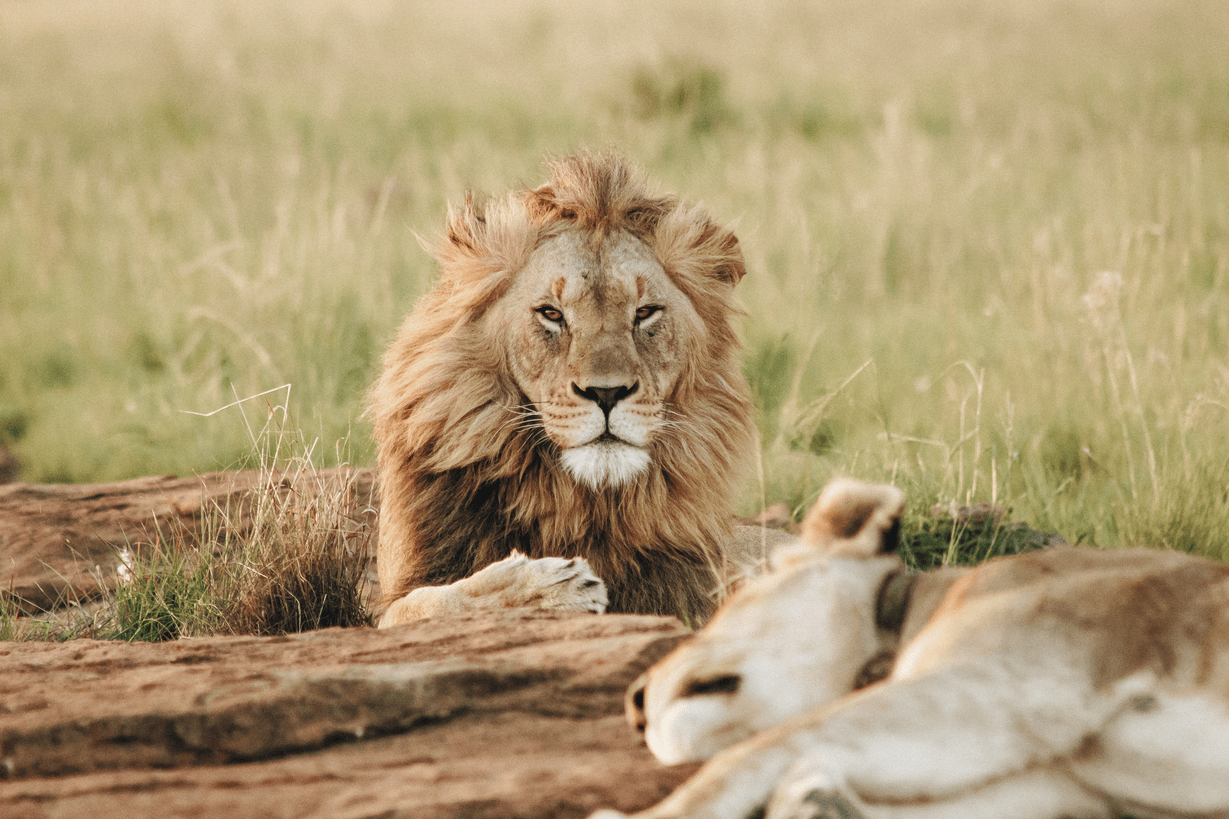
On the heat-warped African savannah, little moments play out as they always have: the windsail flap of elephant ears, the dusty foot stamps of zebra and the quiet golden-eyed gaze of resting lions. But the savannah is ever threatened by habitat loss, climate change and poaching, and the traditional tools of conservation are no longer enough. Artificial Intelligence (AI) is revolutionising many sectors and conservation is no exception.
Gone are the days when park rangers relied solely on boots on the ground, binoculars, dusty maps and guesswork. Today, AI-powered tools help conservationists respond to poaching threats in real time, track endangered species far more accurately and analyse vast datasets – that human-led teams would take months, even years, to gather and assess – leading to more effective, cost-efficient and targeted conservation strategies.
A major challenge in wildlife protection has always been that rangers can only cover limited ground, while animals roam vast areas and rarely remain in one place. And if rangers follow predictable patrol routes, poachers can learn and exploit their patterns, so one of the first uses of AI was designed to tackle just this. PAWs, or Protection Assistant for Wildlife Security, was developed in 2019 and, working primarily in Queen Elizabeth National Park in Uganda, was used to analyse data from past patrols to predict where poachers were most likely to strike next and generate randomised patrol routes.
More recently, in Tanzania’s Serengeti – where around 150 rangers are charged with the protection of some two million ungulates, 4,000 lions and 7,000 elephants roaming an area the size of Belgium – the non-profit organisation Resolve has developed a palm-sized camouflaged AI camera system called TrailGuard AI, that is posted at intervals along access trails, and alerts park rangers when humans or vehicles are detected, allowing them to respond before poachers can strike.

Further south, in Zimbabwe’s Hwange National Park, conservationists are deploying AI-powered acoustic sensors to combat poaching. These devices, hidden in trees, record the ambient sounds of the forest and use machine learning to distinguish natural noises from gunshots, chainsaws, or the rumble of illegal vehicles. Alerts are sent instantly to patrol teams, who can respond in minutes rather than hours.
Another example of how AI is being used to tackle human-wildlife conflict, is on show with the Mara Elephant Project in Kenya. They use GPS collars and satellite-tracking to monitor elephant herds and receive alerts when they approach farms or human settlements, enabling quick interventions. Over time, this data also reveals migration patterns, feeding grounds and danger zones that help to shape land-use plans and secure essential wildlife corridors.
Population surveys, once done primarily via costly and time-consuming aerial flights, are also evolving. Aerial drones can record video footage that conservationists can input into Wildbook, an open-source software that uses AI to analyse video and automatically identify individual animals by their distinctive features, such as coat patterns or ear outlines, so they can make population assessments much faster.

These technologies are also changing how travellers engage with Africa’s wild spaces. At some lodges, guests can access digital dashboards, curated for safety purposes, to track collared elephants and lions or watch satellite maps of migratory herds. Conservation becomes not just visible, but interactive – deepening our understanding and encouraging long-term support after the visitors return home.
Of course, the digital leap isn’t without its challenges. Many parks lack the internet connectivity needed to support these technologies. Concerns also persist about surveillance, data ownership and the importance of local knowledge and community buy-in. High-tech tools alone are not enough, they must work in harmony with people on the ground.
Still, the momentum is undeniable. For conservationists and travellers alike, it’s no longer just about seeing the wild, it’s about understanding it on a deeper level, one data point at a time.

© Emma Thomson





